We guarantee sustainable production
Environmental control program
1- Decrease in water consumption in milling operations
The water generated by the milling process is recycled through the cooling plant, which creates a closed circuit throughout the harvest so that the water enters cold, comes out hot and returns cold without using more than 300 gallons.
Cooling tower
Decreases the temperature of the water used in the sugar and honey production process.
Uses two 20-foot diameter fans, flow control valves, electric motors, displacement eliminators and 30,000 wooden grates placed in cascades.
- Water arrives from the factory
- It enters through the top of the tower into a distribution tank.
- This tank distributes the water into the wooden grates.
- Finally, the water flows down in small jets to the collection tank.
Before installing the tower, the factory used 30,000 gallons of water per minute.
Now it only uses 300 gallons per minute
Environmental Management System
Our Environmental Management System consists of the following components:
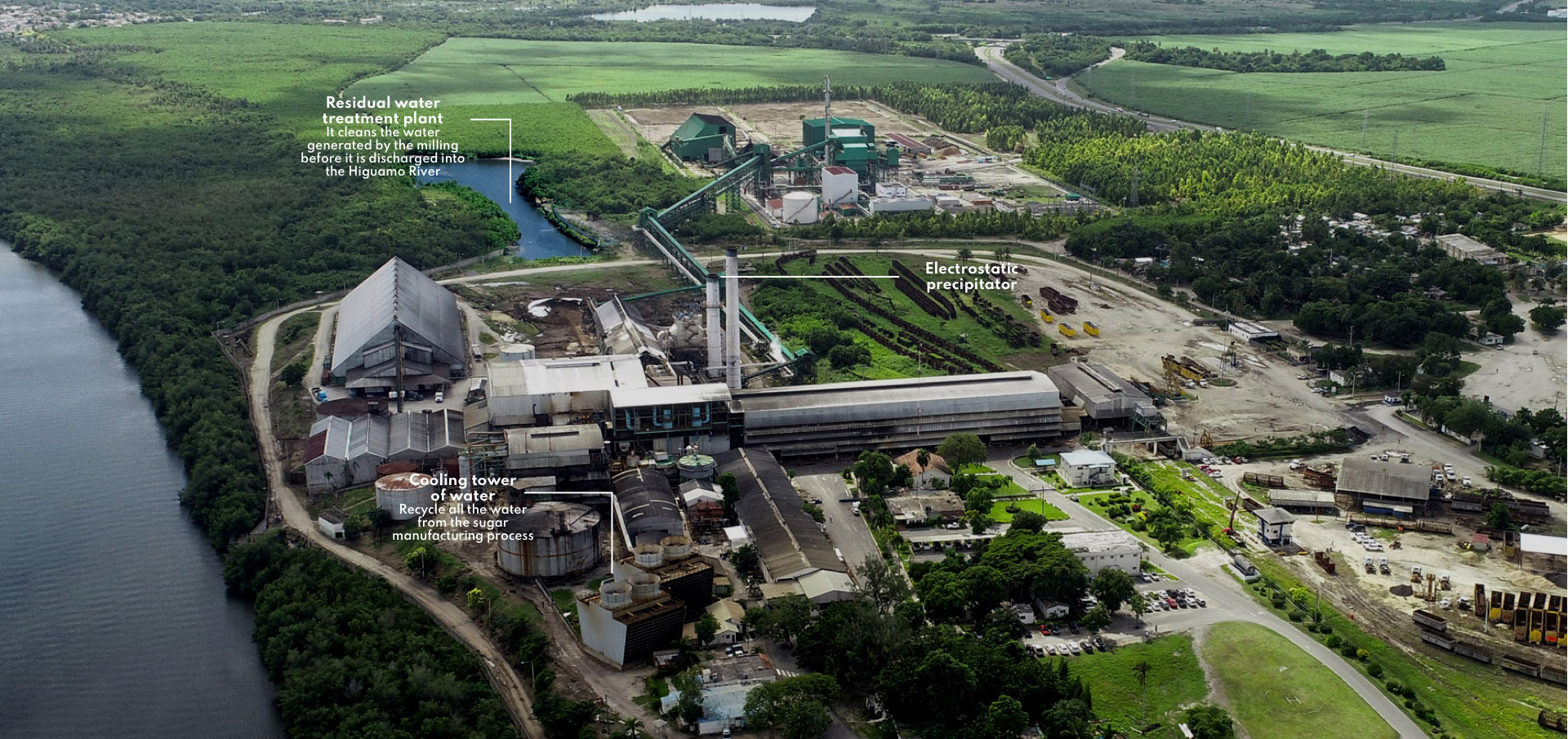
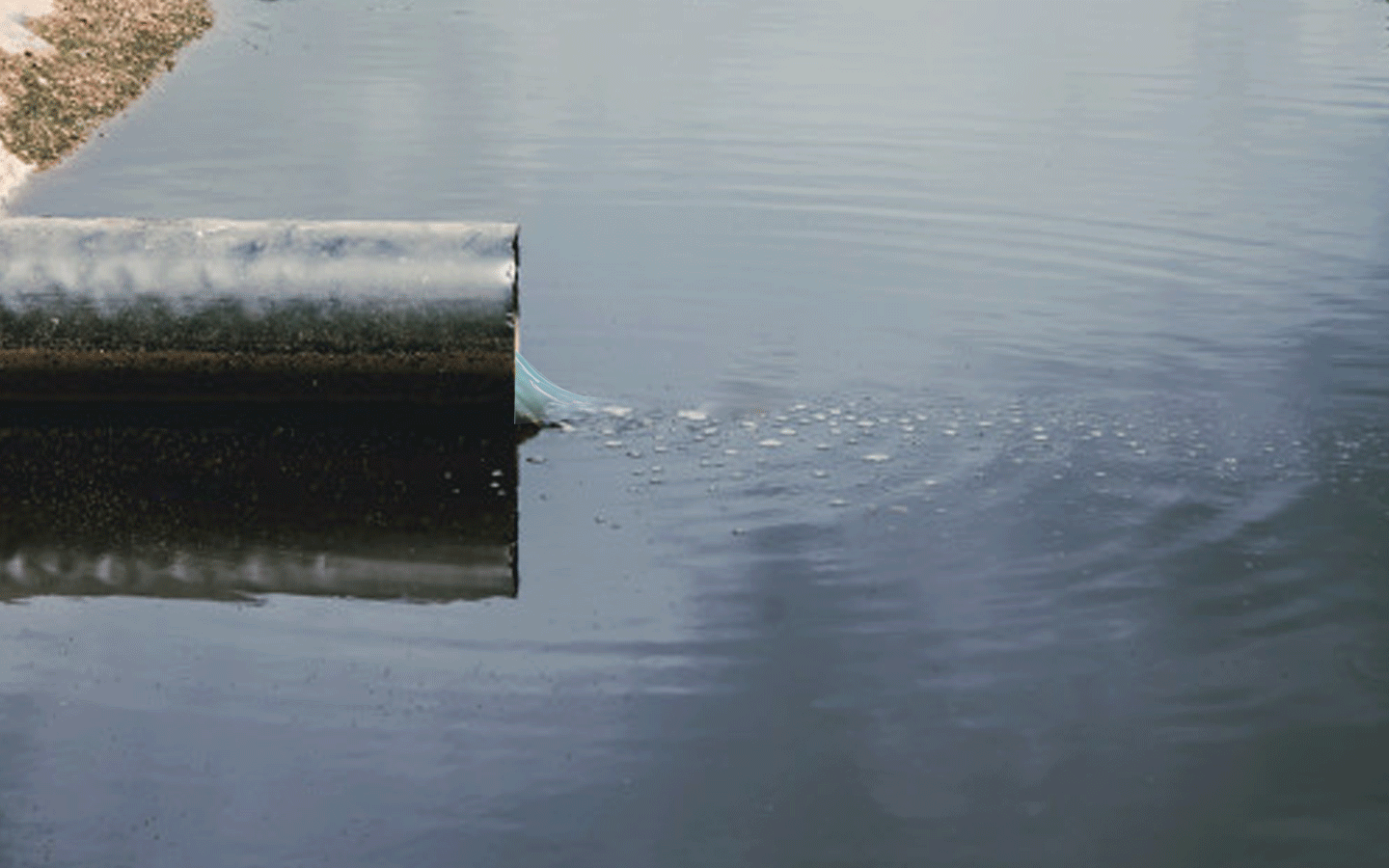
Less harmful waste = more pure water
2- Reduction of particle emissions into the atmosphere
An electrostatic precipitator reduces emissions from the factory’s chimneys.
The precipitator retains particles resulting from the burning of bagasse to produce energy.
Particles:
• Dust
• Sugarcane ash (also known as “cachipa” in Spanish)
Because the precipitator traps these particles, the chimneys do not release black smoke.
The precipitator has a filter that traps the particles through an induced electrical charge.
150 milligrams per cubic meter
Maximum emissions established by international standards for a sugar factory
Less than 100 milligrams per cubic meter
CAI emissions due to the precipitator
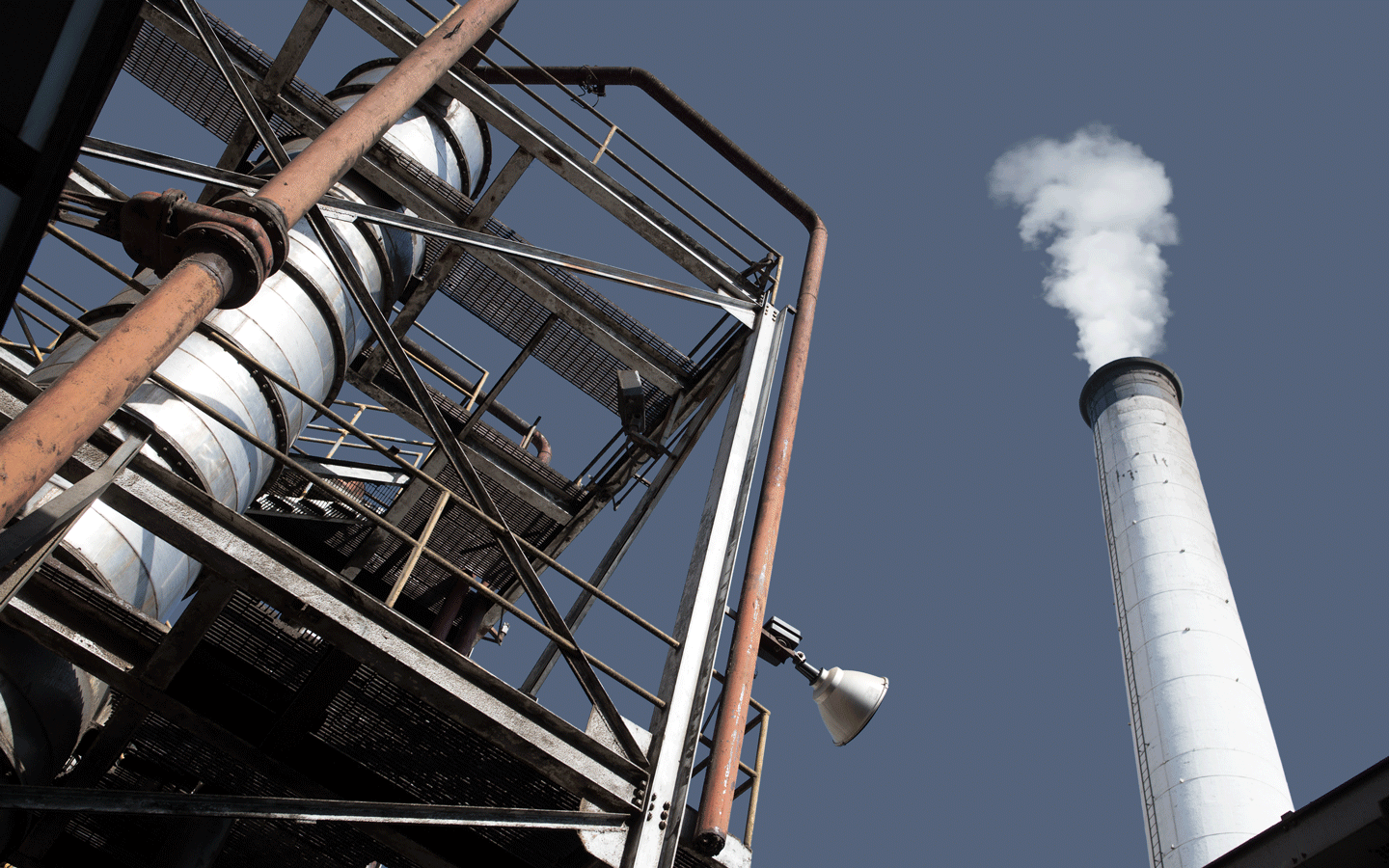
Less emissions = more clean air
3- Use of biological controls
The CAEI laboratory:
- Phytosanitary control
- Germination of sugarcane seedlings
- Production of the wasp Cotesia flavipes
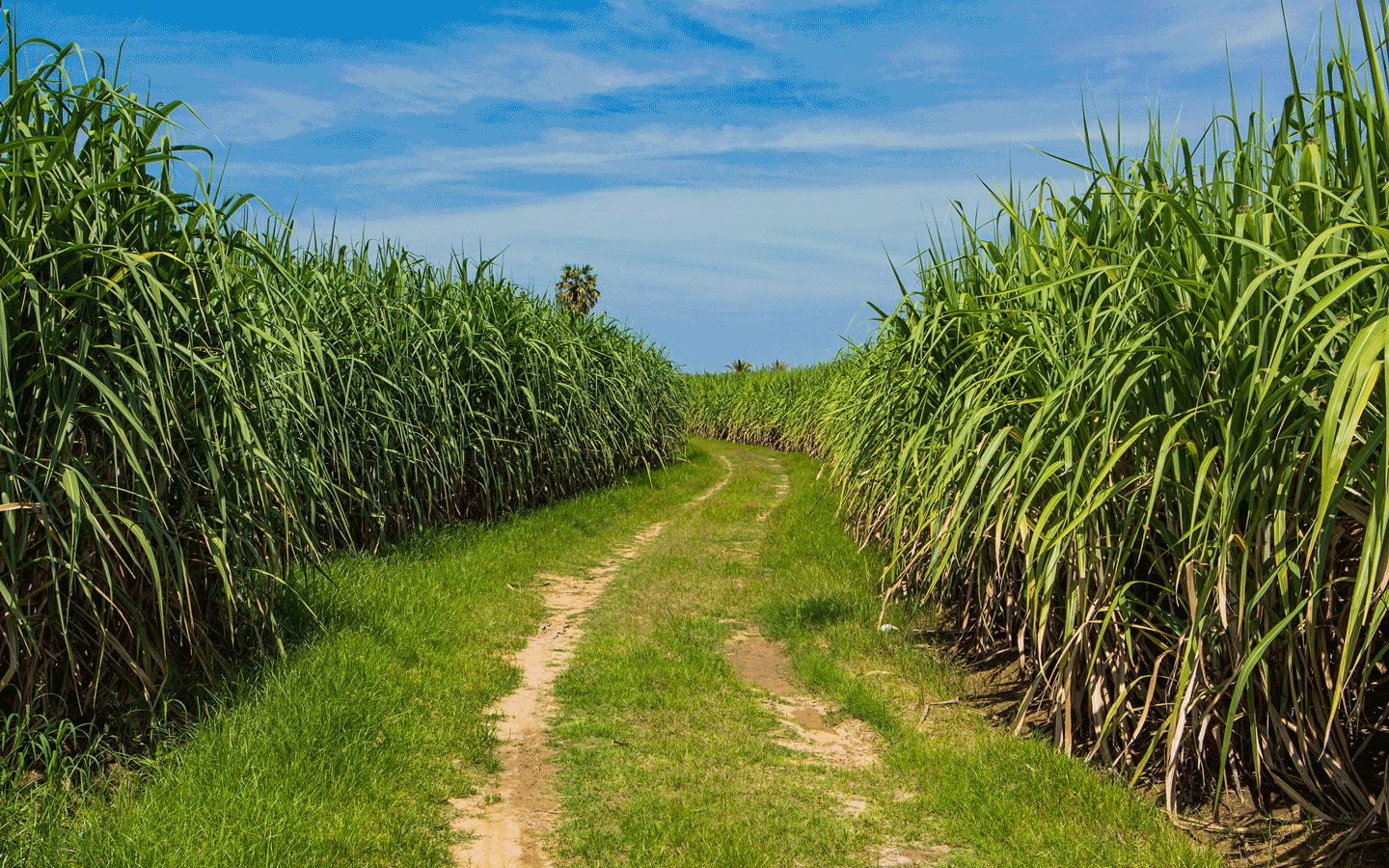
Less pesticides = better soil quality
4- Organic fertilization of sugarcane crops
Since 2015, CAEI has a compost production plant
Compost is the product that results from the biodegradation of organic materials.
The compost production plant uses molasses remains (known as “cachaza” in Spanish), ash, bagasse, poultry manure and chicken manure.
Application rate in sugarcane plantations: between 10 and 15 tons per hectare.
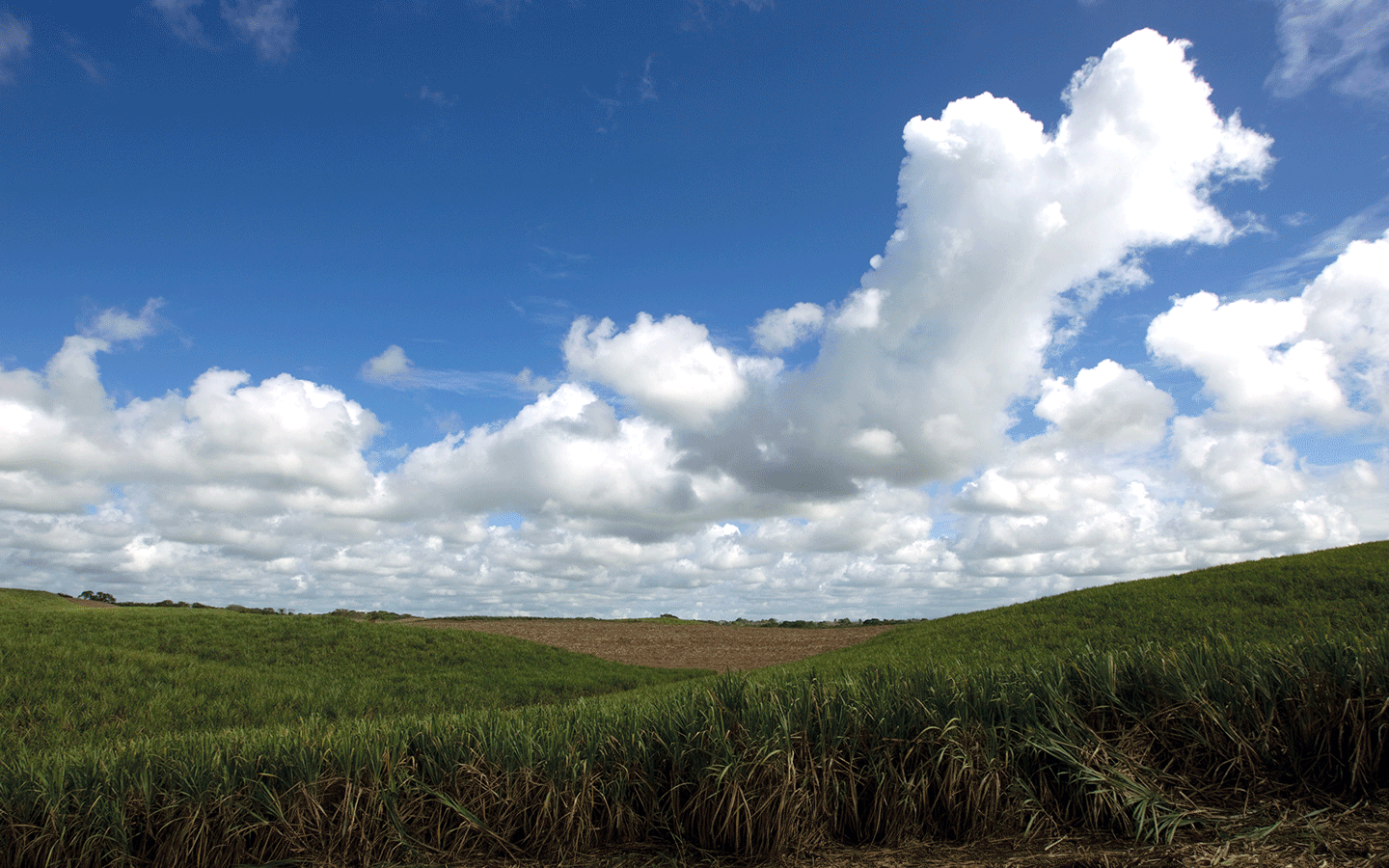
Less chemical fertilizers = more nutrients for the crops
5- Substitution of fossil fuels for bagasse
Bagasse: Sugarcane residue after its juice has been extracted.
The bagasse from our sugarcane, together with acacia, eucalyptus, and leucaena from Biomasa Agroindustrial is blended to create a clean energy source at the San Pedro Bio Energy station.
This energy also provides power for our factory’s machinery.
The rest of the year, all energy is passed to the National Interconnected Electric System (SENI for its acronym in Spanish).
Renewable energies:
• Solar
• Wind
• Biomass
